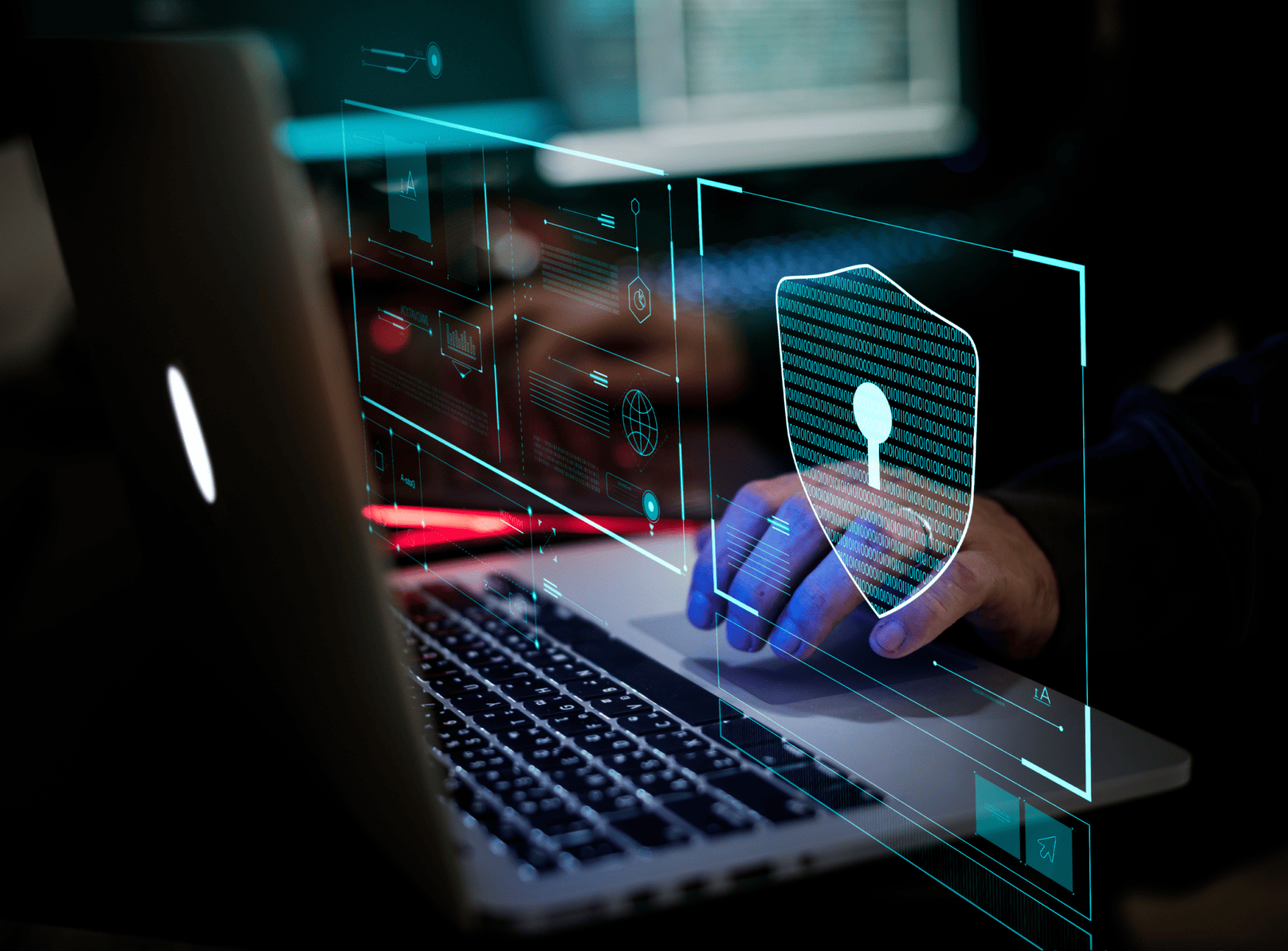Cybersecurity demands our immediate attention across businesses of all sizes, but its significance for small enterprises cannot be emphasized enough. Without the resources that larger businesses have, the same threats that larger businesses can recover from can be potentially crippling.
Continue reading as we take a look at why small businesses must prioritize cybersecurity. Furthermore, we will explore the various cyber threats they confront and how to combat them.
Types of Cyber Threats
Some of the most common threats that small businesses face include malware, phishing, insider threats, distributed denial of service (DDoS) attacks, and supply chain attacks. Malicious software designed to infiltrate systems, steal data, or disrupt operations goes by the name of malware. Ransomware, a subset of malware, has gained notoriety for encrypting files and demanding a ransom in exchange for decryption keys.
Phishing occurs when cybercriminals use deceptive emails or messages to trick employees into revealing sensitive information, such as passwords or financial data. Insider threats emerge when employees, whether intentionally or unintentionally, pose security risks. Data breaches often result from employee negligence or malicious intent.
In DDoS attacks, cybercriminals inundate a network with traffic, overwhelming it and causing disruptions or downtime. Supply chain attacks, on the other hand, involve cybercriminals targeting smaller businesses as gateways to larger enterprises, exploiting vulnerabilities in the supply chain.
The Evolving Nature of Cyber Threats
When cyber threats are dealt with, they can no longer be used. Because of this, cybercriminals are constantly evolving their tactics to continue to access their targets. Current key trends in cyber threats include the following:
- Ransomware-as-a-Service (RaaS): Ransomware attacks are becoming commoditized, with cybercriminals leasing ransomware kits, making it easier for less skilled attackers to carry out attacks.
- Zero-Day Exploits: Attackers are increasingly targeting vulnerabilities in software and hardware that are unknown to the vendor, making them difficult to defend against.
- AI and Machine Learning: Both defenders and attackers are leveraging AI and machine learning to enhance their cybersecurity capabilities, creating a technological arms race.
The Cost of Ignoring Cybersecurity
With financial and reputational consequences for small businesses in question, cybersecurity can’t be ignored. Cyberattacks can often lead to financial damages in the form of stolen funds, legal fees, and the cost of remediation. Regulatory fines for failing to protect customer data can also be imposed on businesses.
A breach can erode trust among customers and partners. A tarnished reputation may take years to rebuild, leading to decreased customer loyalty and lost business opportunities.
Cyberattacks also cause downtime and a loss of productivity for workers. This can mean missed deadlines, delayed deliveries, and even a loss of revenue. Add to that the possibility of a breach leading to the theft of valuable ideas, inventions, or strategies that are unique to the business, and recovering can be extremely difficult and costly.
Assessing Your Cybersecurity Needs
Conducting a cybersecurity risk assessment is crucial for identifying vulnerabilities and defining a tailored cybersecurity strategy. Key areas to evaluate include
Data Security
Assess the sensitivity of the data you handle, determine how it’s stored, and identify who has access to it. Implement encryption and access controls accordingly.
Network Security
Evaluate the security of your network infrastructure. Ensure firewalls, intrusion detection systems, and regular network monitoring are in place.
Employee Training
Assess the cybersecurity knowledge and awareness of your staff. Identify gaps and plan training sessions to address them.
Implementing Cybersecurity Best Practices
Enhancing your cybersecurity posture involves several best practices:
Endpoint Security
Protect all devices connected to your network with updated antivirus software and regular software patching.
Firewalls
Install firewalls to monitor and filter incoming and outgoing network traffic. Configure them to block malicious activities.
Strong Password Policies
Enforce strong password policies, including regular password changes and two-factor authentication.
Employee Training and Awareness
Conduct cybersecurity training sessions that cover the more common cybersecurity risks and any you notice are particularly popular in your field of business. Teach employees how to identify phishing attempts and avoid falling victim to them.
Along with that, educate staff on safe web browsing habits and downloading practices to prevent malware infections. Finally, train employees on how to handle sensitive data, emphasizing the importance of confidentiality and data protection.
Securing Your Data
Protecting your data is paramount. Encrypt sensitive data both at rest and in transit to prevent unauthorized access. Try to also maintain regular backups of critical data. Test the backups to ensure the data can be restored if needed. Implementing strict access controls by limiting employee permissions to only what’s necessary for their roles is also an excellent way to keep data secure.
Dealing with Vendor and Supply Chain Security
Third-party vendors and suppliers can pose cybersecurity risks that can be mitigated through vetting and contractual obligations. Carefully vet vendors for their cybersecurity practices before engaging in business. Ensure they adhere to security standards.
On top of that, include cybersecurity requirements in contracts with vendors, outlining their responsibilities for protecting your data.
Incident Response and Recovery
Prepare for cybersecurity incidents in the following ways:
- Incident Response Plan: Develop a comprehensive incident response plan that outlines roles, responsibilities, and procedures to follow in the event of a breach.
- Containment: In the event of a breach, immediately contain the incident to prevent further damage.
- Communication: Notify affected parties, including customers, regulatory authorities, and law enforcement, as required.
Staying Informed and Up-to-Date
Staying informed about cybersecurity threats and trends is an ongoing effort. Regularly follow reputable cybersecurity blogs, news outlets, and industry publications to stay up-to-date. Join cybersecurity organizations and communities to access valuable resources and networking opportunities.
Building a Cybersecurity Culture
Creating a cybersecurity-aware workplace can help mitigate risks. To foster a cybersecurity-conscious culture, consider doing the following:
Leadership Involvement
Leadership should set an example by following security protocols and demonstrating a commitment to cybersecurity.
Employee Training
Regular training sessions should educate employees on the latest threats and security best practices. They should be aware of the role they play in safeguarding the company’s digital assets.
Clear Policies
Establish and communicate clear cybersecurity policies and procedures. Ensure employees understand their responsibilities regarding data protection.
Incident Reporting
Encourage employees to report any suspicious activity promptly. Create a safe environment where they feel comfortable reporting potential threats without fear of retribution.
At CMIT Solutions, we take cybersecurity very seriously. Contact us today to see what we can do for your business—no matter its size.





